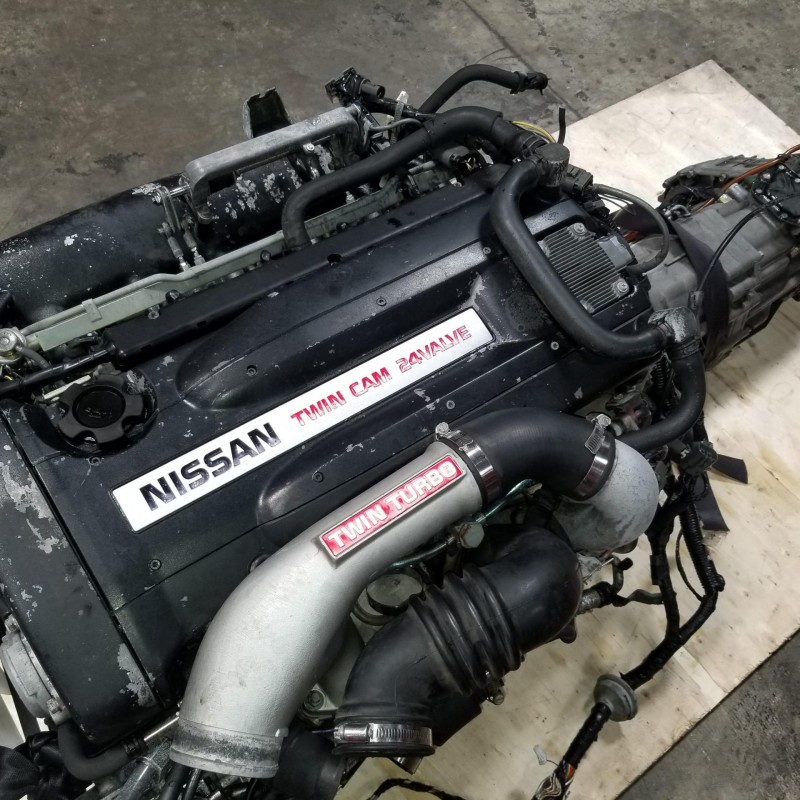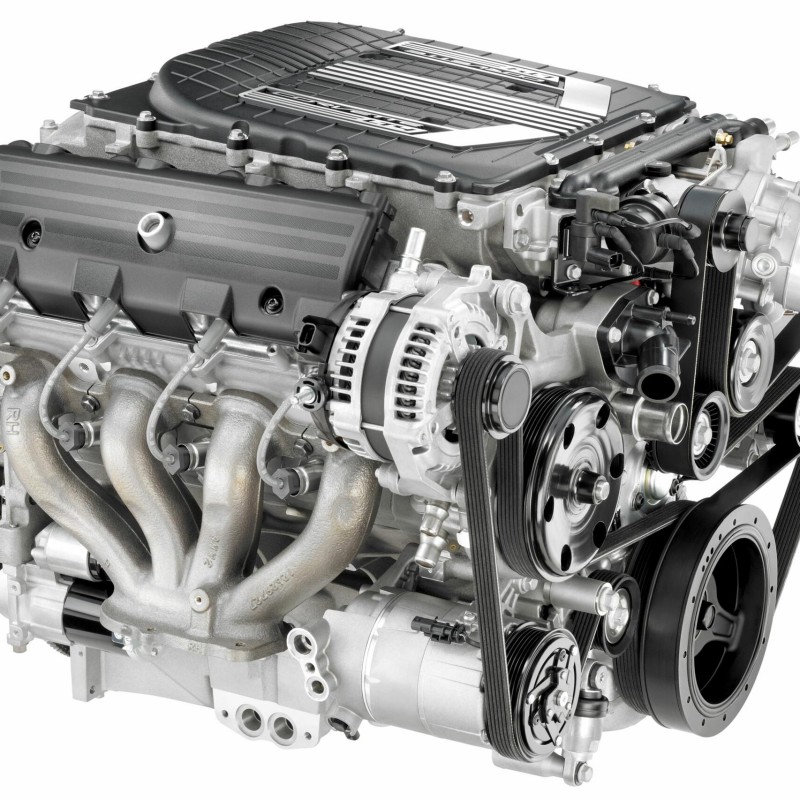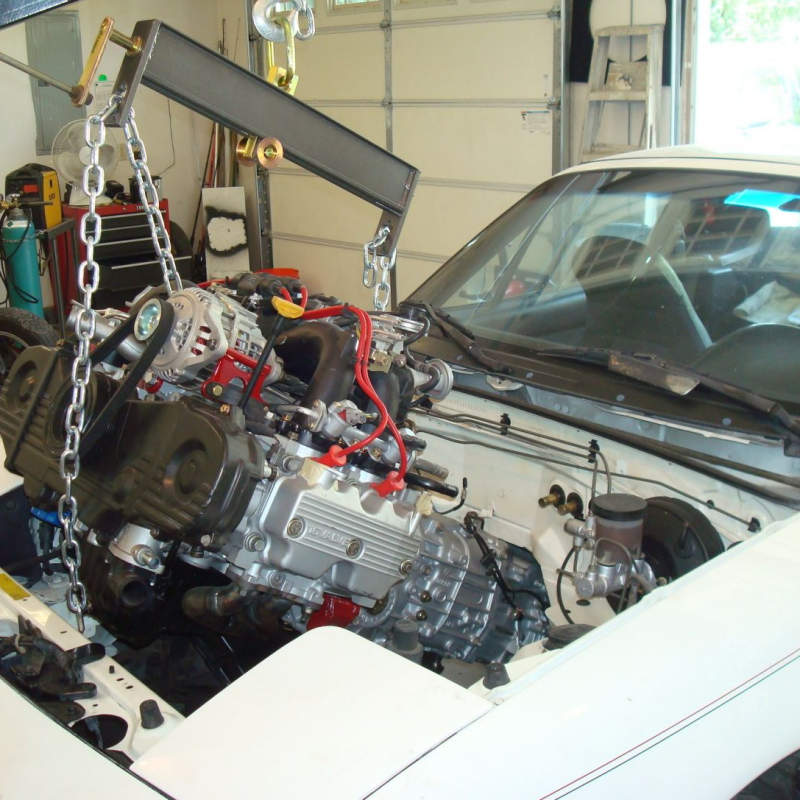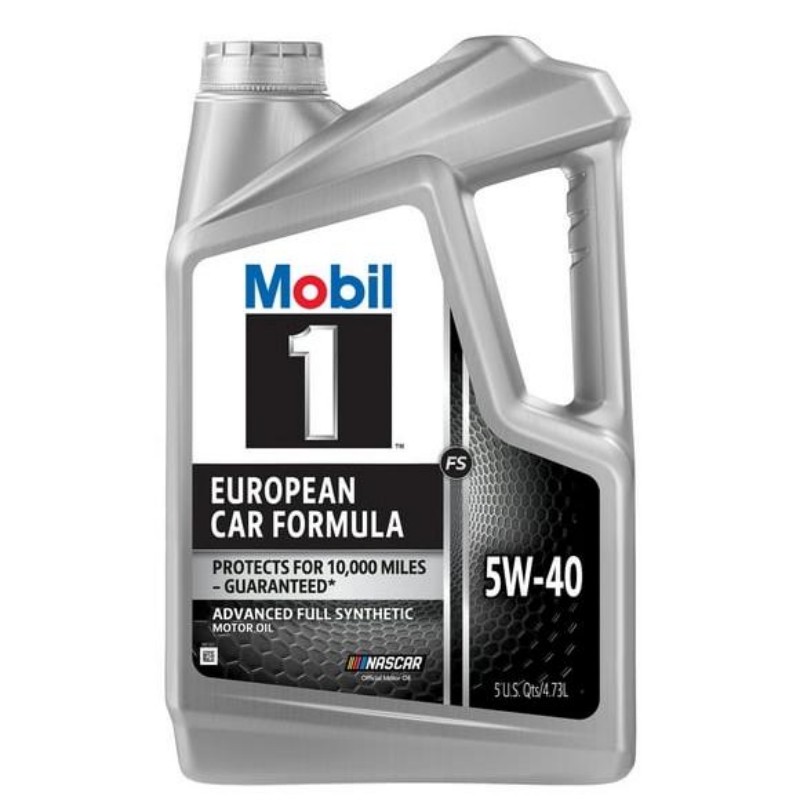A common issue that many vehicle owners face, particularly in older cars, is engine vapor lock. This phenomenon occurs when the engine’s fuel vaporizes in the fuel lines, preventing liquid fuel from reaching the engine, ultimately leading to a stall. When this happens, drivers often find themselves stranded, unsure of how to proceed. Understanding how to unlock a vapor locked engine can save you a considerable amount of time, money, and stress. Fortunately, this issue is often solvable with some basic knowledge and the right techniques. In this comprehensive guide, we will explore the causes of vapor lock, how the phenomenon affects engine performance, and most importantly, practical steps you can take to unlock a vapor locked engine quickly and effectively.
Understanding Vapor Lock: The Basics
To effectively address the issue, it is crucial to understand vapor lock and how it occurs in an engine:
What is Vapor Lock?
Vapor lock is a condition in which the fuel within the fuel lines or carburetor vaporizes, preventing proper fuel flow to the engine. When the liquid fuel turns into vapor at high temperatures, it can create pressure that effectively blocks the flow of fuel. This situation is more common in older cars equipped with carburetors, especially during hot weather or after prolonged idling.
Causes of Vapor Lock
Several factors can contribute to vapor lock in an engine, including:
- High Temperatures: Ambient temperatures and engine heat can cause fuel to vaporize.
- Insufficient Fuel Line Insulation: Fuel lines that are not properly insulated can become too hot, leading to vapor lock.
- Low Fuel Levels: Low fuel levels in the tank increase the chances of vapor formation, as there is less liquid to absorb heat.
- Old Fuel: Fuel that has been sitting for too long can become unstable and more prone to vaporization.
- Incorrectly Adjusted Carburetors: Misadjusted carburetors can aggravate the issue, contributing to vapor lock.
The Effects of Vapor Lock on Engine Performance
When vapor lock occurs, a vehicle may exhibit several symptoms. These can include difficulty starting, stalling while driving, or an overall loss of power. When vapor lock is not addressed promptly, it can lead to engine damage or prolonged mechanical issues.
Signs Your Engine is Vapor Locked
Identifying vapor lock quickly is essential for resolving the issue. Here are some typical signs that your engine may be vapor locked:
Difficulty Starting
If you have trouble starting your engine, it may be a sign that vapor lock is preventing fuel from reaching the combustion chamber.
Stalling or Hesitation
Experiencing sudden stalls or hesitation while accelerating can indicate that the engine isn’t receiving enough fuel. This symptom could point to vapor lock.
Fuel Smell
If you notice a strong smell of fuel, especially around the engine area, it could be an indication of vapor lock. This is often accompanied by vapor escaping from the fuel lines.
Engine Overheating
While vapor lock itself may not directly cause overheating, prolonged stalling and idling can lead the engine to run hotter than usual.
Gather the Necessary Tools for Unlocking a Vapor Locked Engine
Before proceeding with techniques to unlock a vapor locked engine, it’s essential to have the right tools and supplies on hand. Here’s a list of useful items to gather:
Basic Tools
- Wrenches and Sockets: To access various components of the engine as needed.
- Screwdrivers: For removing any screws or clamps.
- Pliers: Helpful for manipulating hoses and fuel lines.
- Heat Gun or Hair Dryer: To warm up fuel lines to encourage the return of liquid fuel.
Supplies
- Coolant: Ensure that your engine has sufficient coolant to manage temperature spikes.
- Fuel Stabilizer: This can help improve fuel quality if old fuel has been in the tank for a while.
- Fuel Line Insulation: If vapor lock is a recurring issue, consider investing in thermal insulation sleeves for future prevention.
Steps to Unlock a Vapor Locked Engine
If you suspect your engine is vapor locked, here’s a step-by-step guide on how to unlock a vapor locked engine.
Cool Down the Engine
The first step is to allow the engine to cool down. Turn off the vehicle and wait for it to cool. This helps reduce individual component temperatures.
Identify Fuel Lines and Components
Locate the fuel lines, especially the sections closest to the carburetor or fuel injectors. Make sure to check if these lines feel excessively hot—certain temperatures can encourage vapor lock.
Inspect the Fuel System
While the engine cools, visually inspect the fuel lines for damage or excessive wear. Look for cracks or loose fittings that may contribute to air leaks. If you spot any problems, repairs should be made before moving forward.
Apply Heat to the Fuel Lines
Once the engine has cooled, gently warm the fuel lines using a heat gun or hair dryer. Avoid excessive heat, as this can damage the lines. Aim to warm only the section where you suspect vapor lock. The slight heat can help convert vapor back into liquid, allowing fuel flow to resume.
Start the Engine
After applying gentle heat and once you feel ready, try starting your engine again. If the problem persists, return to the fuel lines to ensure that vapor lock is indeed the cause.
Use a Fuel Pump
If the engine does not start after attempting to warm the fuel lines, you may need to consider manually priming the fuel pump. Pumping the accelerator pedal a few times may help bring fuel into the engine.
Check for Possible Blockages
If the engine remains unresponsive, check for blockages in the fuel system, including the fuel filter, carburetor jets, and fuel injectors. If these components are clogged, fuel cannot flow correctly.
Let the Engine Breathe
In some cases, simply allowing the car to breathe a bit can help. Opening the hood can help cool the engine compartment. Doing so for 10 to 15 minutes may aid in reducing trapped heat.
Preventative Measures Against Vapor Lock
While understanding how to unlock a vapor locked engine is essential, taking preventative measures to avoid the situation from occurring is equally important. Here are several steps you can implement:
Use a Fuel Stabilizer
Whenever you know you won’t be using your vehicle for an extended period, use a fuel stabilizer. This keeps fuel fresh and combats vaporization issues.
Maintain Fuel Levels
Keep your gas tank sufficiently full, particularly during hot weather. A fuller tank reduces the amount of air and vapor inside the tank.
Insulate Fuel Lines
Consider investing in thermal insulation for your fuel lines. Insulating these lines effectively keeps heat away, minimizing the risk of vapor lock.
Regular Maintenance
Regularly maintaining your engine can prevent several issues associated with vapor lock. Schedule oil changes, radiator service, and other general maintenance checks.
Check for Heat Sources
If you find that vapor lock is a regular occurrence, investigate potential heat sources around your engine. Look for exhaust leaks, improper insulation around the fuel system, or poorly designed engine compartments.
Use the Right Fuel
Opt for high-quality fuels, as these often contain additives that prevent vapor lock. Always ensure that the fuel you use is fresh and not contaminated.
Fluid Management in Your Vehicle
Proper fluid management in your vehicle is essential for its overall health and can help prevent issues like vapor lock. Here are key aspects to consider:
Coolant Levels
Make sure your engine coolant is always at optimal levels. Proper coolant management helps regulate engine temperatures and minimizes heat buildup.
Fuel Quality
Only use quality fuels that meet the specifications of your vehicle manufacturer. Contaminated fuels can lead to issue accumulation, making your system prone to vapor lock.
Oil Changes
Regular oil changes are essential for functioning well. Dirty oil can cause your engine to run hotter than usual, contributing to the risk of vapor lock.
Troubleshooting Common Issues Related to Vapor Lock
Sometimes, there may be additional issues affecting your engine unrelated to vapor lock but causing similar symptoms. Here’s how to troubleshoot those problems effectively:
Examine Electrical Systems
Electrical failures can cause poor ignition and fuel delivery. Make sure your ignition switches, fuel pump relays, and battery connections are functioning correctly.
Inspect the Carburetor
If you have a carbureted engine, check the carburetor for proper functioning. A mistakenly adjusted or malfunctioning carburetor can restrict fuel flow.
Verify Fuel Pump Operation
Ensure the fuel pump is operational and delivering the right amount of fuel. A failing pump can lead to low fuel pressure, closely mimicking vapor lock conditions.
Look for Air Leaks
Inspect for any air leaks in the intake manifold or vacuum lines. Air leaks can cause issues with mixture ratios and lead to stalling or poor engine performance.
Determine Engine Temperature
Overheating can lead to vapor lock symptoms. Keep an eye on engine temperature readings and make sure your radiator and cooling system are functioning correctly.
Conclusion
Understanding how to unlock a vapor locked engine is an essential skill for drivers, especially those with older vehicles or in regions prone to heat. By recognizing the signs of vapor lock and knowing how to address the issue, drivers can minimize downtime and continue their journey with confidence.
In addition, taking preventative measures and understanding the mechanics of your engine can significantly reduce the likelihood of vapor lock occurring in the first place. Whether through proper maintenance, utilizing quality fuels, or ensuring your engine operates within a suitable temperature range, being proactive is vital to keeping your car running smoothly.
As you become more equipped to handle potential engine troubles, your experience behind the wheel will be far more enjoyable. Keep this guide handy, and confidently tackle any vapor lock issues you encounter along the road.


